I purchased this diamond as part of a pair of earrings and am interested in what experts here think about it:
https://www.jamesallen.com/loose-di...f-color-vs2-clarity-excellent-cut-sku-3767377
I’m also wondering why there is Brian Gavin on the GIA laser inscription. If the above diamond is a keeper for earrings, any suggestion on what diamond to match it. Budget $5K or less.
Thanks!
https://www.jamesallen.com/loose-di...f-color-vs2-clarity-excellent-cut-sku-3767377
I’m also wondering why there is Brian Gavin on the GIA laser inscription. If the above diamond is a keeper for earrings, any suggestion on what diamond to match it. Budget $5K or less.
Thanks!


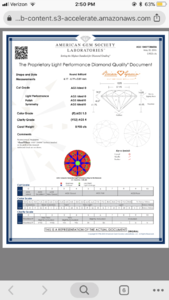
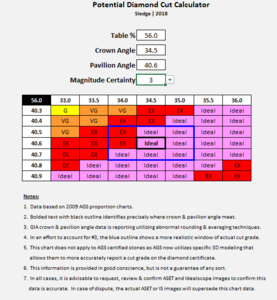
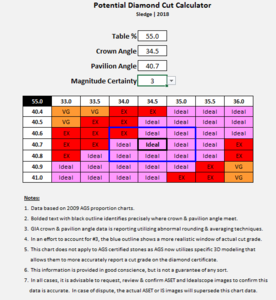
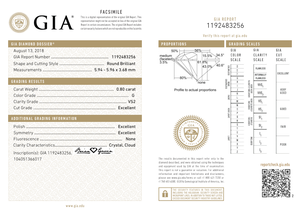
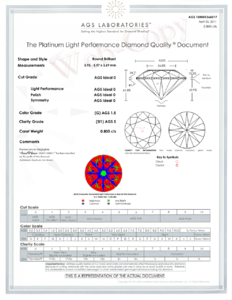
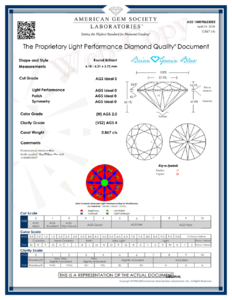
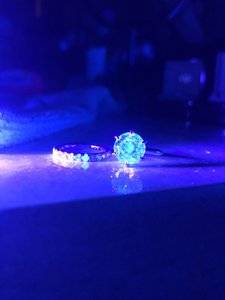
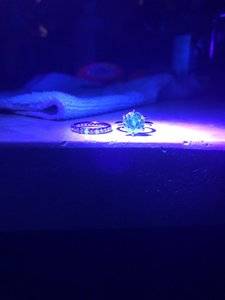


300x240.png)